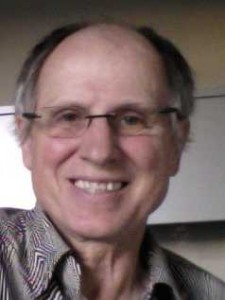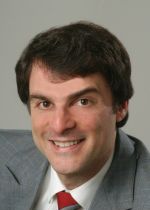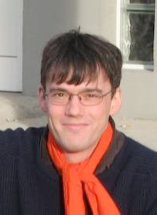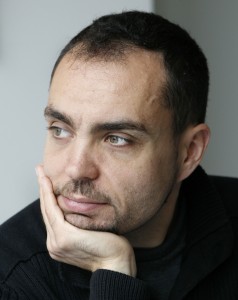 Dr. Daniel Ramos finished his PhD in 2007 in Universidad Autonoma de Madrid (UAM), Spain. From 2011, he is an Associate Professor at the UAM. He is a member of the ATVS – Biometric Recognition Group. During his career, he has visited several research laboratories and institutions around the world, including the Institute of Scientific Police at the University of Lausanne (Switzerland), the School of Mathematics at the University of Edinburgh (Scotland), the Electrical Engineering School at the University of Stellenbosch (South Africa), and more recently the Netherlands Forensic Institute, where he has co-organized a workshop on the scientific validation of evidence evaluation methods. His research interests are focused on forensic evaluation of the evidence using Bayesian techniques, validation of forensic evaluation methods, speaker and language recognition, biometric systems and, more generally, signal processing and pattern recognition.
Dr. Daniel Ramos finished his PhD in 2007 in Universidad Autonoma de Madrid (UAM), Spain. From 2011, he is an Associate Professor at the UAM. He is a member of the ATVS – Biometric Recognition Group. During his career, he has visited several research laboratories and institutions around the world, including the Institute of Scientific Police at the University of Lausanne (Switzerland), the School of Mathematics at the University of Edinburgh (Scotland), the Electrical Engineering School at the University of Stellenbosch (South Africa), and more recently the Netherlands Forensic Institute, where he has co-organized a workshop on the scientific validation of evidence evaluation methods. His research interests are focused on forensic evaluation of the evidence using Bayesian techniques, validation of forensic evaluation methods, speaker and language recognition, biometric systems and, more generally, signal processing and pattern recognition.
Dr. Ramos is actively involved in several projects focused on different aspects of forensic science, such as yearly R&D contracts with Spanish Guardia Civil or the Management Committee of the EU COST 1106 Action on Forensic Biometrics. He has also participated in several international competitive evaluations of speaker and language recognition technology, such as NIST Speaker Recognition Evaluations since 2004, the Forensic Speaker Recognition Evaluation NFI/TNO 2003 and the NIST Language Recognition Evaluation since 2007. Dr. Ramos has received several distinctions and awards, he is regularly a member of scientific committees in different international conferences, and he is often invited to give talks in conferences and institutions, for instance as a keynote speaker at the European Academy of Forensic Sciences Conference 2012 (EAFS 2012) in The Hague, The Netherlands. His talk takes place on Wednesday, December 3, E105 at 10am.
Meeting Forensic Science Requirements with Automatic Speaker Recognition Systems
Abstract: This talk aims at describing the requirements of forensic science that are critical for the use automatic speaker recognition systems in forensic applications. We first introduce the current context of forensic science in Europe at different levels. Then, we describe how to meet those requirements with score-based automatic speaker recognition systems, with focus on two main forensic scenarios: investigative and evaluative. Investigative applications include mainly database search and distributed speech acquisition and sharing, and we give some examples of systems and projects in this context. Evaluative applications include interpretation and reporting of the output of the system to court, where a likelihood ratio approach is the preferred recommendation in Europe, and where effective communication to court is of paramount importance. We will address key concepts like the evaluation of evidence; the expression of conclusions; the validation of forensic interpretation methods; the accreditation of laboratories by appropriate standards; and the current efforts for converging to common procedures in Europe.
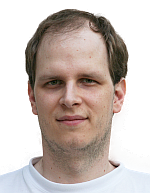

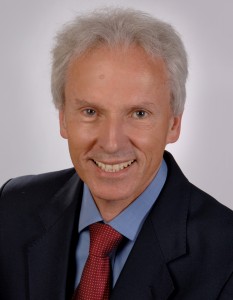
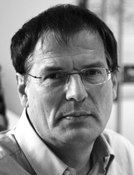 i
i
